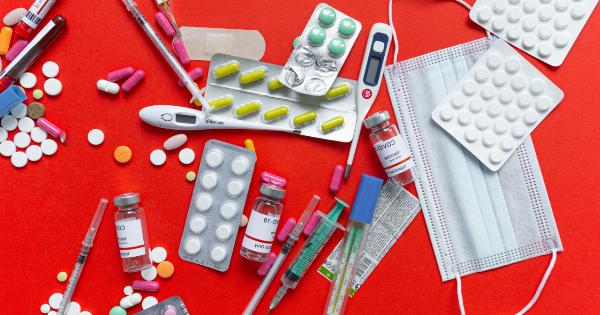Rare diseases are a group of over 7,000 medical conditions that affects a small percentage of the global population, with 1 in 20 people living with a rare disease. Currently, around 400 million individuals are living with a rare disease worldwide.
Though singular rare diseases may be rare, the prevalence of rare diseases is quite high, therefore the importance of raising awareness.
What are rare diseases?
Rare diseases are diseases that affect a small percentage of the population. According to the National Institutes of Health, a rare disease is defined as a medical condition that affects fewer than 200,000 people in the United States.
These diseases can be hereditary or acquired, and often have genetic causes.
Over 80% of rare diseases are caused by gene mutations, with some diseases having a genetic underpinning but an unknown exact cause. Examples of rare diseases include Cystic Fibrosis, Huntington’s Disease, and Pompe Disease.
Why do rare diseases need awareness?
Due to the rarity of these diseases, patients often have difficulty receiving an accurate diagnosis, and treatment options can be limited.
Additionally, the lack of awareness and understanding of rare diseases can contribute to isolation, discrimination, and delays in research and development of treatments.
By raising awareness, more resources can be allocated towards research and development of treatments for rare diseases, and patients can be better supported by healthcare professionals.
What can be done to raise awareness?
There are several ways to raise awareness of rare diseases, including:.
1. Social Media Campaigns
Social media can be a powerful tool in raising awareness of rare diseases.
Social media campaigns, hashtags, and online events can help raise awareness of specific rare diseases and connect individuals and families who have been impacted by rare diseases. Additionally, social media can provide a platform for advocacy efforts.
2. Educational Materials
Healthcare professionals, community organizations, and patient advocacy groups can create educational materials to help raise awareness of rare diseases.
These materials can be distributed in community centers, hospitals, and other public spaces to reach a wider audience.
3. Patient Advocacy
Patient advocacy groups play an important role in raising awareness of rare diseases. These groups can organize events, host fundraisers, and sponsor research efforts.
Additionally, patient advocacy groups can provide support and resources for individuals and families affected by rare diseases.
4. Government Support
Government support is critical in raising awareness of rare diseases.
Governments can allocate funding towards research and development of treatments for rare diseases, as well as provide support for patient advocacy groups and other organizations focused on rare diseases.
The importance of early diagnosis
Early diagnosis is critical for individuals living with rare diseases. Due to the rarity of these diseases, many healthcare professionals are not familiar with the symptoms and diagnosis can be a long and difficult process.
Early diagnosis can improve outcomes in rare diseases, as patients can receive proper treatment earlier in the disease process.
Conclusion
Rare diseases affect millions of individuals worldwide. Raising awareness of rare diseases is critical in improving outcomes for those living with rare diseases.
Healthcare professionals, patient advocacy groups, governments, and individuals can all play a role in raising awareness and supporting research efforts for rare diseases.






























